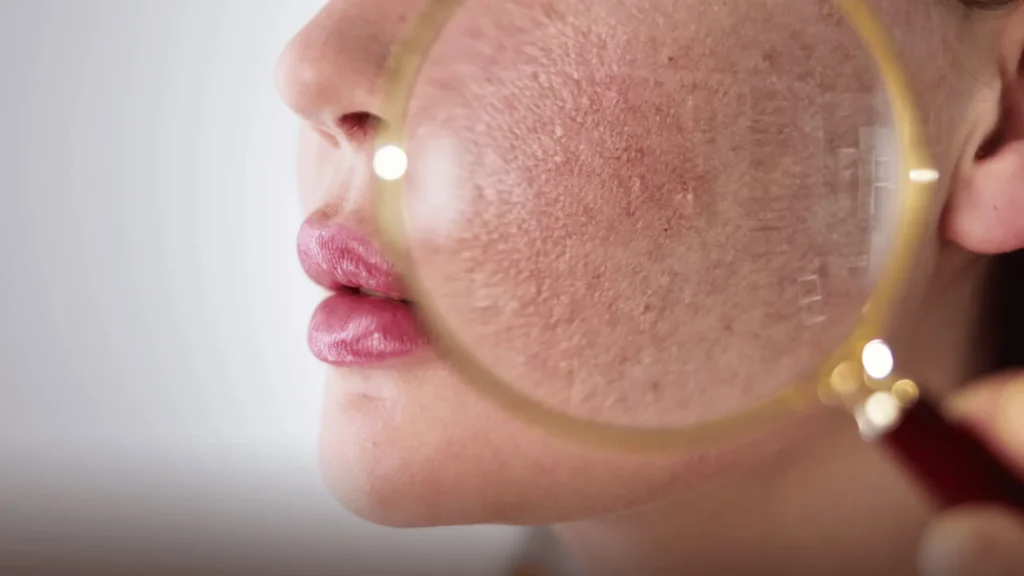Salicylic acid is a powerhouse ingredient known for its acne-fighting and exfoliating properties. But for individuals with dry skin, using a salicylic acid cleanser can raise concerns about irritation and over-drying. So the big question arises: can dry skin use salicylic acid cleanser? Let’s dive into the facts, expert advice, and safe usage tips to help you make the best decision for your skin.
Understanding Salicylic Acid and Its Benefits
Salicylic acid is a beta hydroxy acid (BHA) that penetrates deep into the pores, unclogging them and dissolving dead skin cells. It’s particularly effective for oily and acne-prone skin types, but that doesn’t mean it’s off-limits for dry skin.
Key Benefits:
| Benefit | Description |
|---|---|
| Exfoliation | Gently removes dead skin cells from the skin surface. |
| Anti-inflammatory | Helps calm irritated skin, making it suitable for mild redness. |
| Deep pore cleansing | Penetrates oil to clean clogged pores. |
| Acne treatment | Prevents blackheads, whiteheads, and breakouts. |
Quote to remember:
“Salicylic acid can be a friend, not a foe—even for dry skin, if used the right way.” – Dr. Elaine Rivers, Dermatologist
Can Dry Skin Really Use Salicylic Acid?
Yes, dry skin can use salicylic acid cleanser, but it should be used cautiously. The key is formulation strength, frequency of use, and proper moisturization.
Tips for Dry Skin Types Using Salicylic Acid:
- Choose a gentle cleanser: Look for salicylic acid cleansers with added hydrating ingredients like glycerin or hyaluronic acid.
- Limit usage: Start with 2–3 times per week and adjust based on how your skin reacts.
- Hydrate after use: Always follow with a good moisturizer to restore moisture balance.
- Avoid over-exfoliating: Pairing salicylic acid with other exfoliants like retinol or AHAs can cause peeling or irritation.
Best Practices: Salicylic Acid for Dry Skin
Here’s a routine to help you get the best results without damaging your skin barrier.
Step-by-Step Skincare Routine:
- Cleanse: Use a low-strength (0.5%–1%) salicylic acid cleanser.
- Tone (Optional): Use alcohol-free toner with soothing ingredients.
- Moisturize: Apply a rich moisturizer with ceramides or shea butter.
- Sunscreen (Morning Only): Always use SPF 30+ to protect from sensitivity.
Pro Tip:
Avoid using a salicylic acid cleanser right after exfoliating or when using active treatments like retinoids.
Recommended Salicylic Acid Cleansers for Dry Skin
| Brand | Product | Key Hydrating Ingredients | Suitable For |
|---|---|---|---|
| CeraVe | Renewing SA Cleanser | Hyaluronic Acid, Ceramides | Sensitive and dry skin |
| La Roche-Posay | Effaclar Medicated Gel Cleanser | Glycerin, Thermal Water | Mild to moderate dryness |
| Paula’s Choice | CLEAR Pore Normalizing Cleanser | Panthenol, Green Tea | Dry to combo skin |
👉 Learn more about ingredient-friendly skincare at INCI Decoder to check what’s in your cleanser.
Possible Side Effects to Watch Out For
Even when used correctly, salicylic acid can occasionally cause:
- Dry patches
- Redness
- Flaking
- Tingling sensation
If you experience any of these, discontinue use and consult a dermatologist.
Conclusion
So, can dry skin use salicylic acid cleanser? The answer is a confident yes, with caution. The right product, proper frequency, and a deeply hydrating skincare routine can help dry skin reap the benefits of salicylic acid without irritation. It’s all about balance and listening to your skin.
FAQs
Q1: Can I use salicylic acid cleanser every day if I have dry skin?
A: It’s not recommended to use it daily for dry skin. Start with 2–3 times a week and increase if your skin tolerates it well.
Q2: Will salicylic acid make my dry skin worse?
A: Not necessarily. If used correctly and followed by a hydrating routine, it can actually help by gently exfoliating without harshness.
Q3: What should I pair with salicylic acid to avoid dryness?
A: Look for moisturizers with ceramides, squalane, or hyaluronic acid. Avoid alcohol-based toners or harsh exfoliants.
Q5: Can I use salicylic acid cleanser in winter when my skin is extra dry?
A: Yes, but with extra caution. Use it less frequently and boost your moisturizer to counter seasonal dryness.



